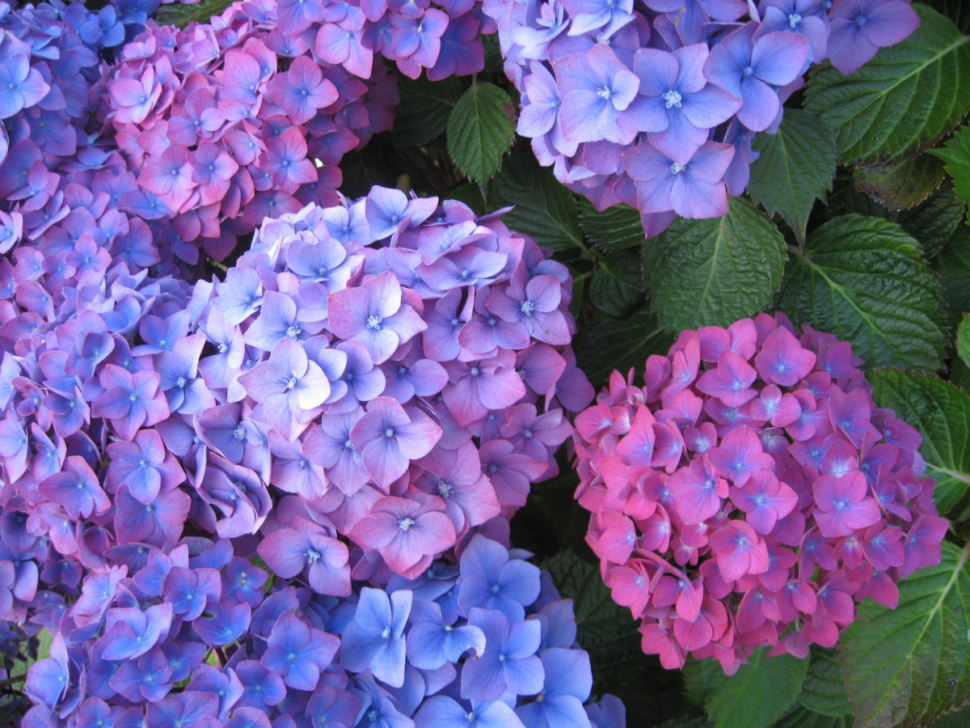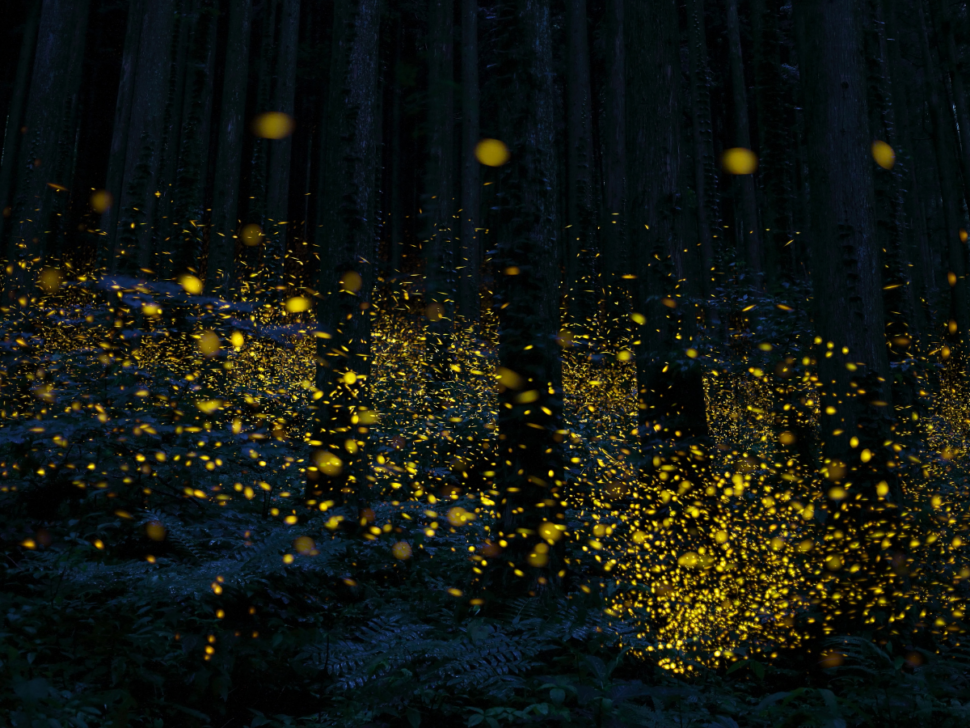Rainy Season in Japanese Culture
The rainy season is an annual occurrence throughout Japan. The dates of the rainy season vary throughout the country, but on average, it occurs from June to July. Subtropical places such as Okinawa have an early rainy season from the beginning of May to the end of June. Northern areas such as the Tōhoku region experience a late rainy season from mid-June to late July. This goes for Japan’s metropolitan areas such as Tokyo and Kyoto as well. Hokkaido does not experience the rainy season.
The Japanese term for the rainy season is 梅雨 (つゆ). This translates to “plum rain” as it coincides with the ripening of plum trees. And while rain is common during the rainy season, it is not a constant downpour. During the peak season, there is on average a 50% chance of rain each day. Even so, the skies are often overcast and the sun only makes an occasional appearance.
The biggest symbol of Japan’s rainy season is the hydrangea since its blooming season coincides with the rainy season. Hydrangea in Japanese is 紫陽花 (アジサイ). These puffy bushels of flowers grow on bushes and come in beautiful shades of pink, purple, and blue. Their vibrant colors help to liven up the cloudy days, so they have become a much beloved symbol of this time of year.
Another flower that symbolizes the rainy season is the iris! Iris is Japanese is 菖蒲 (アヤメ). Like hydrangeas, irises bloom during the rainy season and reach their peak in mid-June. Irises are a beloved flower in Japan and have a long history in the country. They can be found throughout Japan and come in many colors. People enjoy the tradition of flower viewing during the rainy season, and irises are easy to find! They can be found blooming in parks, at temples and shrines, and in fields. Irises are also sometimes used to flavor wagashi!
Teru teru bōzu are a famous symbol of the rainy season. Teru teru bōzu, written as 照る照る坊主 (てるてるぼうず), means “shine shine monk.” They are handmade dolls made with white cloth, tissue, or paper that are hung with string near a window. They are meant to be talismans that bring about good weather. This tradition came from China and was adopted by Japanese farmers in feudal Japan. They are still made today, usually by children, and are easy to make. Two pieces of cloth or paper are needed. One piece is crumpled into a ball and the other then covers it. String is tied around the ball to create a ghost-like figure, and a face is added. There is even a warabe uta (童歌, わらべうた), a Japanese nursery rhyme, about teru teru bōzu. It begins, “Teru-teru-bōzu, teru bōzu, make tomorrow a sunny day…”
Fireflies enjoy humidity and moisture, so they come out in droves during June and July. Because of this, watching fireflies has become a common rainy season tradition, especially for children! The best time to see fireflies is during the evenings on days when it is no longer raining. Fireflies will shy away from light, so it is best to do it on nights when the moon is not out. Try not to use a flashlight or camera flash either! Fireflies are found throughout the country, and there are even festivals dedicated to them. These festivals include the Tsukiyono Firefly Village in Gunma and the Kugayama Firefly Festival in Tokyo. Some of the best spots to see fireflies in their natural habitat are Motosu Hotaru Park in Gifu, the Uchio Shrine in Hyōgo, and the Kushiro Shitsugen National Park in Hokkaido.
Once the rainy season has ended, Japan’s hot and humid summer rolls in. During this transition, it is common to begin to see–and hear–wind chimes. These wind chimes, known as furin (風鈴, ふりん) are a symbol of Japanese summer and the end of rainy season. These windchimes are made with a glass orb, a bell, and tanzaku (短冊, たんざく), a strip of colorful paper. They are then hung from the eaves of homes and buildings. When the wind blows, the furin chime, so the sound is associated with cool breezes in the summer heat. So, when you hear a furin chime, know that the rainy season is over and it’s time to grab your yukata and enjoy summertime in Japan!




